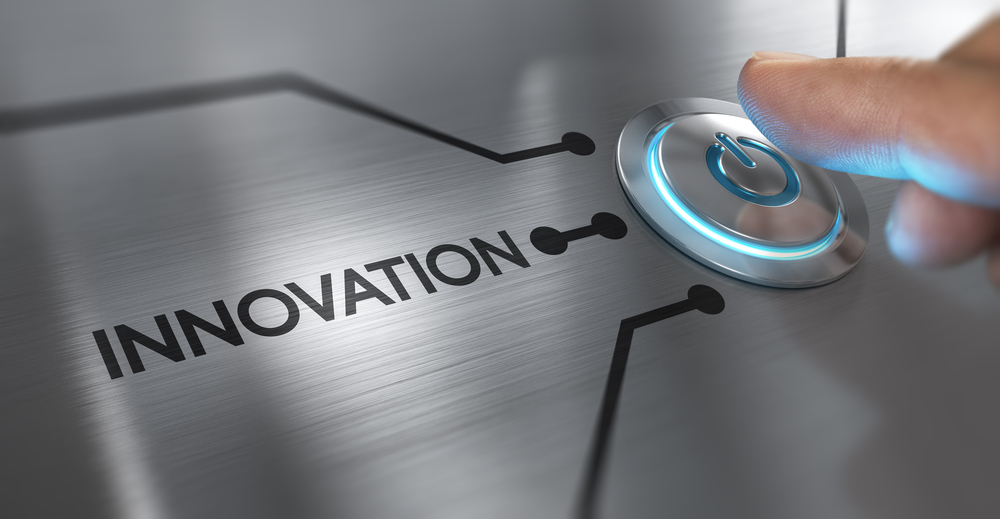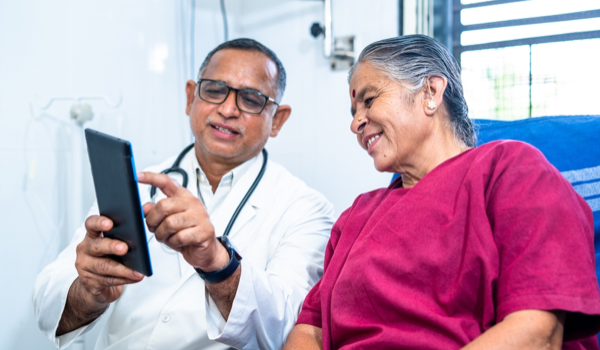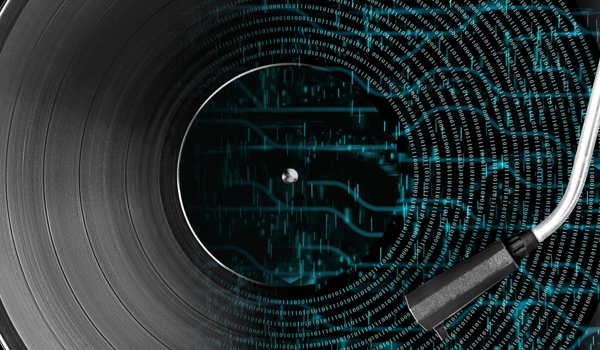


CAMBRIDGE, UK - The global surgical robotics market is growing rapidly, according to an analysis from Markets and Markets. It will be worth around USD18.4 billion by 2027, per current estimates.
As with other major innovations such as the internet, the idea of surgical robots was devised by the United States military. The da Vinci system that US-based Intuitive Surgical came up with was built in the 1980s under contract to the US Army to operate remotely on battlefields. However, the idea was eventually abandoned because, although the surgeon could be located miles away, a skilled assistant still had to be in attendance by the patient’s side.
The first recorded robotic operation was in 1985, when a modified industrial robot called PUMA was used for a brain biopsy in California. The first robotic gallbladder removal took place using a da Vinci robot in 1995 and, soon after, in the early 2000s, the first robotic prostate surgery was carried out in Detroit.
A public webinar from Addenbrooke’s NHS Foundation Trust, a teaching hospital linked to the University of Cambridge, delivered a history of surgical robotics, and showed how robots can give surgeons a helping hand by improving their health, while making complex operations less traumatic for patients. Addenbrooke’s has been using da Vinci robots for urology operations since 2005, according to Prof Alexandra Colquhoun, Cambridge University Hospitals consultant urologist and clinical director (Cancer). Funds have now been raised through donations to purchase a further bot. “Patient benefits include smaller, less painful scars, less blood transfusions and a shorter length of stay. Everybody in the team can see what is going on, so there is improved communications and increased patient safety,” Colquhoun explained.
The surgeon sits at a console while a camera on the robotic arm allows him/her and the surgeon’s team to follow the procedure, which is shown on a
The content herein is subject to copyright by The Yuan. All rights reserved. The content of the services is owned or licensed to The Yuan. Such content from The Yuan may be shared and reprinted but must clearly identify The Yuan as its original source. Content from a third-party copyright holder identified in the copyright notice contained in such third party’s content appearing in The Yuan must likewise be clearly labeled as such. Continue with Linkedin
Continue with Linkedin
 Continue with Google
Continue with Google











 838 views
838 views






